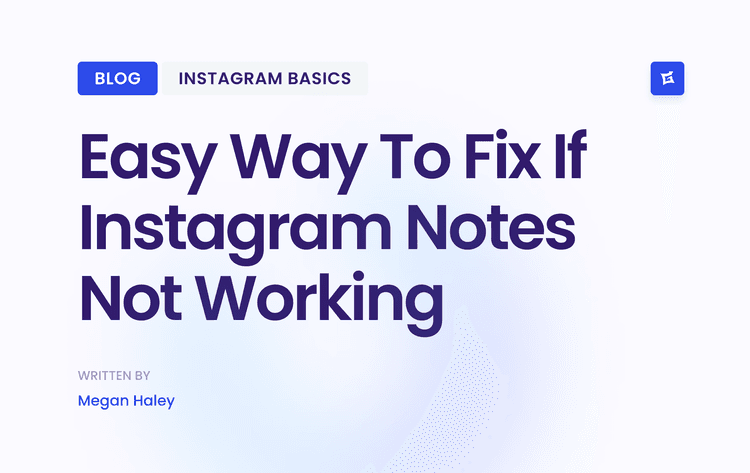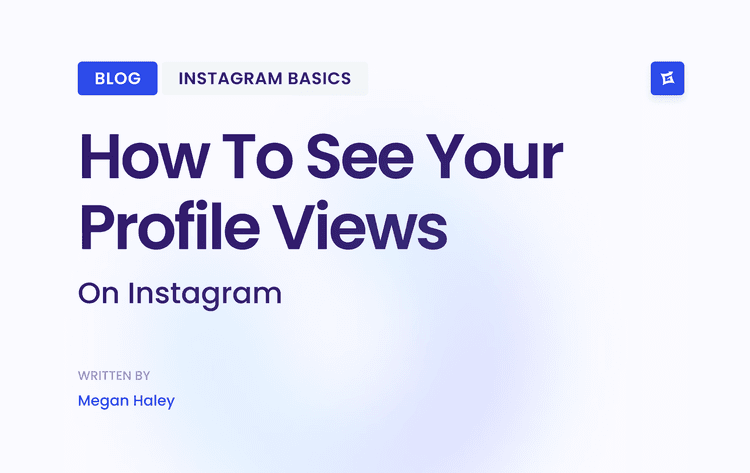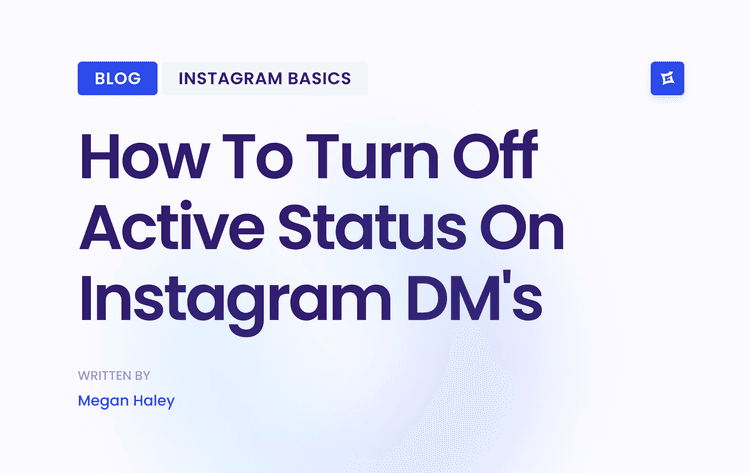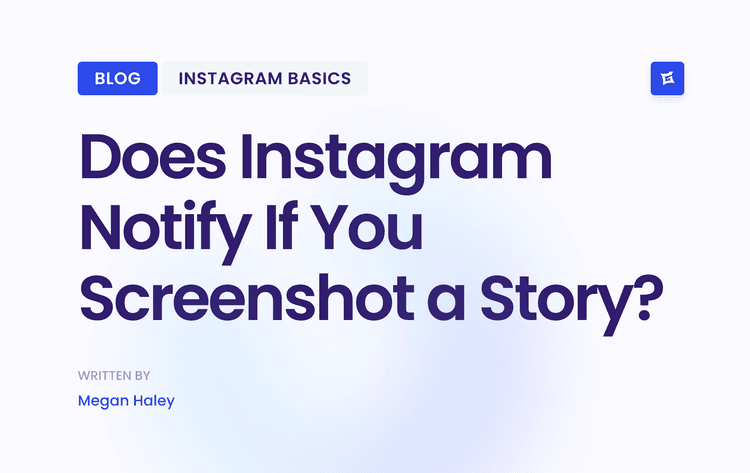Why Your Brand Needs Guidelines That Work
The Essential Elements That Make Guidelines Stick
Effective social media brand guidelines aren't just about logos and colors. They're the very DNA of your brand's online forum. Think of them as the conductor's score, ensuring everyone in the orchestra, from the violins to the trumpets, plays in harmony. These guidelines are essential for empowering your team, whether they're down the hall or across the globe, to create engaging content while maintaining a consistent brand voice.
Voice and Tone: The Personality of Your Brand
Imagine meeting someone new. Their personality – how they speak, the impression they leave – is largely defined by their voice and tone. Your brand's online voice and tone work the same way, shaping how your audience perceives you. Your guidelines should clearly explain how this translates across different platforms. You might adopt a professional tone on LinkedIn, for example, while keeping things light and conversational on Instagram. The key is to maintain a consistent brand personality, regardless of the platform.
Visual Identity: More Than Just a Logo
Visual consistency is key to instant brand recognition. It's much more than just slapping your logo on everything. Your guidelines should outline a complete visual identity system, covering everything from logo usage and color palettes to typography and imagery.
Logo Usage: Specify rules for logo placement, size, and appropriate backgrounds.
Color Palette: Define primary and secondary colors, providing clear usage examples.
Typography: Choose specific font families for headlines, body text, and captions, creating visual harmony across all platforms.
Imagery: Define the style of images, whether photographs, illustrations, or graphics, to maintain a cohesive look. This could mean using user-generated content with a specific aesthetic or sticking to professional visuals with a consistent feel.
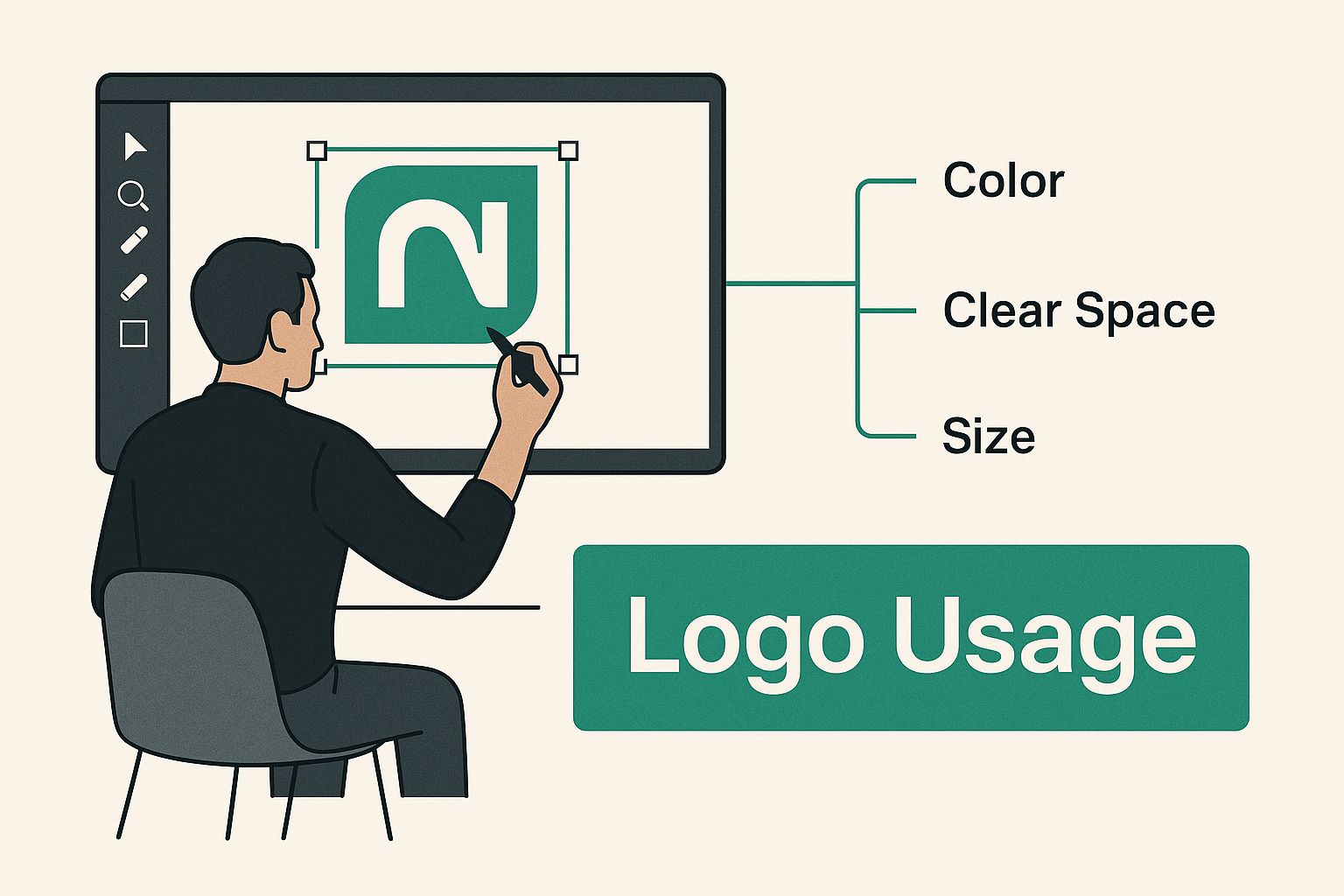
This infographic illustrates how logo usage guidelines fit into a broader branding framework. It shows the nuances of how and where your logo should appear. Clear visual examples emphasize the importance of consistent logo application across different platforms.
Content Style Guide: Empowering Consistent Creation
A content style guide equips your team to create on-brand content independently. It's the instruction manual that connects brand vision with practical execution. This section should cover:
Grammar and Punctuation: Establish clear grammar and style rules for consistency in all written content.
Language: Define approved terms for your products, services, and brand values.
Hashtag Usage: Outline strategies for hashtag research and use, including platform-specific best practices.
Emoji Usage: Guide on using emojis appropriately, balancing personality with professionalism.
To make this even clearer, let's look at a list summarizing these essential components:
Essential Components of Social Media Brand Guidelines
This list breaks down the key elements of effective social media brand guidelines, comparing basic and advanced implementations.
Voice & Tone
A basic implementation involves defining a brand personality, such as being friendly or professional. For advanced implementation, brands should develop detailed voice and tone profiles tailored to different target audiences and platforms. When considering platform-specific needs, tone and language should be adapted according to the demographics and cultural norms of each platform.Visual Identity
At the basic level, this involves specifying the logo, color palette, and fonts. For a more advanced approach, comprehensive visual guidelines should be created with examples of dos and don’ts, including consistent image style and graphic elements. From a platform standpoint, it's important to optimize visuals according to each platform's image size and format requirements.Content Style Guide
A basic implementation includes setting grammar and style rules. In an advanced setup, the guide should cover detailed grammar standards, language preferences, appropriate hashtag and emoji use, and content format guidelines. For platform-specific considerations, content style should be adapted to align with each platform’s character limits and best practices.
By clarifying these components, you empower your team to create engaging, platform-optimized content while staying true to your brand. This isn't about limiting creativity; it's about providing the framework for consistent and impactful brand storytelling across the social media landscape.
Building Trust and ROI Through Strategic Brand Identity

Social media brand guidelines aren’t just a list of rules. Think of them as the architectural blueprint for your brand's online forum. Just like a well-designed building needs detailed plans for structural integrity, your brand needs guidelines to ensure a consistent and trustworthy image. Without these plans, you risk inconsistencies that can damage your reputation and weaken your overall message. Let’s explore how consistency directly impacts customer trust, engagement, and your bottom line.
The Psychology of Recognition
Why is brand recognition so important? It boils down to a simple fact: familiarity builds trust. When people instantly recognize your brand on social media, they’re more likely to interact with your content. This is because of the mere-exposure effect, a psychological principle that explains why repeated exposure to something makes us like it more. In the whirlwind of social media, this means capturing attention and creating a sense of connection. Think about your favorite local restaurant. The familiar logo, the colors, even the font on the menu, all contribute to a feeling of comfort and reliability. That’s the power of consistent branding.
Case Studies: Proving the Value
Countless examples show the tangible benefits of well-defined social media brand guidelines. For instance, imagine a company struggling with inconsistent messaging across social platforms. After implementing comprehensive guidelines, they saw a major boost in engagement, including 20% higher click-through rates and a 15% increase in conversions. These improvements were a direct result of a stronger, more unified brand identity. This demonstrates that clear guidelines don't just improve aesthetics; they drive real business results.
Measuring Impact and Adapting Strategies
How do you know if your guidelines are working? By tracking the right metrics. Monitor your engagement rates, analyze brand sentiment, and evaluate the quality of your content. It’s also important to gather feedback from your team about how easy the guidelines are to use and how effective they are. This data-driven approach allows you to adjust your strategy and make sure your social media brand guidelines stay on target. A social media ROI calculator can be a useful tool for measuring campaign success. This allows you to move beyond guesswork and make informed decisions based on actual performance.
Avoiding Common Pitfalls
Even with the best intentions, some common mistakes can undermine your efforts. One major trap is creating guidelines that are too inflexible. This can stifle creativity and prevent you from tailoring your content to each specific platform. Another mistake is not training your team properly on how to use the guidelines. This can lead to inconsistencies and confusion. To avoid these pitfalls, focus on flexibility and invest in thorough training for your team. This empowers them to create engaging content while staying true to your brand. Moreover, research shows that social media brand guidelines are crucial for achieving a strong ROI. Roughly 96% of marketers report positive ROI from their social media activities, with average returns reaching 250% of ad spend. Learn more here. This highlights the strategic importance of establishing clear and effective guidelines.
Mastering Platform Differences While Staying True to Brand
Imagine trying to tell the same joke at a board meeting and a casual get-together with friends. You'd probably adjust your delivery, right? The same principle applies to your brand on social media. Each platform has its vibe and audience, requiring a slightly different approach. LinkedIn is your board meeting – professional and polished. TikTok is your casual hang-out – authentic and spontaneous. And Instagram? That's your chance to shine with visual storytelling.
How can you navigate these different social media landscapes without losing the essence of your brand? Social media brand guidelines are your compass and map. They help translate your brand's personality into the language of each platform, providing direction without stifling creativity. Think of them as the core values that remain constant, even as your expression of them evolves.
Platform-Specific Tweaks: Voice and Visuals
Your brand voice is how you communicate your message. On LinkedIn, you might use a formal tone, sharing industry insights and thought leadership. On Instagram, you can be more playful and engaging, using emojis and humor. The core message stays the same, but the delivery adapts to resonate with each platform's audience. It’s like wearing a different outfit for different occasions – you’re still you, just dressed for the context.
Visual identity follows a similar logic. Your logo and color palette – your brand’s signature look – should remain consistent. However, the way you use them can vary. Instagram is a visual feast, demanding high-quality images and videos, while Twitter thrives on concise text and quick-witted banter. Understanding each platform's visual language is key to capturing attention. Consider image sizes, video formats, and overall aesthetics – it's like tailoring your presentation to fit the screen.
LinkedIn, for instance, leans towards professional visuals often set within a corporate context. Sponsored content on the platform often showcases a clean layout, professional imagery, and clear calls to action, all geared towards a professional audience.
This screenshot demonstrates how brands can seamlessly integrate their message into LinkedIn’s aesthetic. By adapting visual content in this way, brands maintain consistency while maximizing engagement on each platform. It’s about speaking the visual language of your audience.
Frameworks for Consistency Across Platforms
So, how do you manage this balancing act? Here are a few helpful frameworks:
Platform Personas: Just as you create buyer personas to understand your target customers, develop platform personas to understand the nuances of each social media platform. Consider demographics, user behavior, and overall culture. This helps tailor your content to fit each platform's unique environment – understanding the “personality” of each platform, so to speak.
Content Pillar Strategy: Identify core themes related to your brand and build content pillars around them. These pillars serve as a consistent framework for content creation across all platforms, ensuring your messaging aligns with your overall brand strategy. For example, if “Innovation” is a core theme, you can share articles on LinkedIn, behind-the-scenes glimpses on Instagram, and quick facts on Twitter, all tied to this central pillar.
Clear Examples: Include specific examples within your social media brand guidelines. Show how other successful brands tailor their messaging and visuals for different platforms. This gives your team a concrete reference point, empowering them to create platform-optimized content while staying true to your brand.
The ultimate goal? A unified and recognizable brand identity across the social media landscape. One that resonates with diverse audiences while maintaining the heart and soul of your brand. It's about being adaptable, not fragmented. Consistent, not rigid.
Navigating Trust Issues and Platform Uncertainty

Let's be honest, user trust in social media is a bit like a rollercoaster – lots of ups and downs. New platforms pop up constantly, while others face public scrutiny. This makes managing a brand's social media account a real challenge. So, how can brands create social media brand guidelines that not only keep their messaging consistent but also tackle these trust issues directly?
Addressing Privacy Concerns
Think of it this way: if you don't trust a store with your credit card, you're less likely to shop there. Similarly, declining trust in social media platforms directly affects how users interact with brands. Data privacy is a big one. Users are more careful than ever about how their information is collected and used.
This is why your brand needs clear guidelines for handling user data. Transparency is key. Explain your data collection practices clearly in your guidelines, and, importantly, make sure your actions match your words. Getting explicit consent for data usage and providing easy-to-understand privacy policies can go a long way in building trust. It shows users you respect their data and are committed to handling it responsibly.
Adapting to Platform Volatility
Social media is constantly changing. Platforms come and go, algorithms shift, and user preferences evolve. This means your social media brand guidelines need to be flexible, like a chameleon adapting to its environment. Treat them as a living document, regularly reviewed and updated.
This could involve quarterly audits, getting user feedback, or tweaking strategies based on platform changes. For example, social media automation tools can help you efficiently manage your brand's identity across multiple, ever-changing platforms.
Crisis Management and Transparency
What if a platform faces a major crisis or a sudden drop in user trust? Your guidelines should include a crisis management plan. This plan should outline communication protocols, content adjustments, and strategies to minimize any damage to your brand's reputation.
Imagine a platform gets caught in a privacy scandal. Your guidelines might suggest pausing all sponsored content or focusing on other platforms. This proactive approach protects your brand during tough times. Having a clear process for handling negative comments or user concerns on social media also builds trust through open communication. This could even tie into your overall social media targeting strategy.
Recent data shows a gap between platform awareness and user trust. While Facebook boasts 94% awareness and TikTok 91% in the US, user favorability is lower, at 68% for Facebook and just 43% for TikTok. Even more striking, only 18% of US users trust Facebook with their data, while LinkedIn is considered the most privacy-protective. Learn more about these insights.
This data highlights the importance of tailoring your social media brand guidelines, especially around data privacy and user interactions, to each platform's perceived trustworthiness. Adjust your level of transparency, data disclosure, and user engagement based on the specific platform and its public image. By addressing these trust issues head-on, you build resilience into your social media strategy and navigate uncertainty with greater confidence.
Creating Guidelines Teams Want to Follow
Creating great social media brand guidelines is a fantastic start, but it’s only half the journey. The real test is getting your team to use them. This section explores how to make your guidelines something people embrace rather than avoid – think of it like designing a user-friendly app: intuitive, accessible, and genuinely helpful.
Structuring Guidelines for Easy Reference
Nobody wants to trawl through a dense, confusing document. Structure your guidelines like a well-designed website: clear navigation, logical sections, and easy-to-find information. Use a table of contents, headings, and subheadings to break down information into bite-sized pieces. An online, searchable version is even better – imagine it as the "Google" of your brand guidelines.
This allows team members to quickly find the information they need when they need it.
Templates and Tools for Simple Compliance
Make following the guidelines as painless as possible. Provide templates for common social media posts, captions, and visuals. This not only saves time but also ensures consistency. Think of them as pre-filled forms – just add the specifics, and you’re ready to go. Tools that automate tasks like image resizing or hashtag research are also valuable. They streamline workflows and minimize errors.
These resources empower your team to create high-quality, on-brand content efficiently.
Building Processes That Encourage Creativity
Guidelines shouldn’t stifle creativity; they should provide a framework for it. Think of a jazz musician improvising within a musical structure. Encourage your team to explore new ideas within the established brand boundaries.
Implement clear approval workflows that maintain quality without creating roadblocks. This keeps content on-brand while allowing the creative process to flow smoothly.
Training and Partner Onboarding
Effective implementation relies on thorough training. Onboard new team members with dedicated sessions on the guidelines. Make it interactive and engaging – think workshops and Q&A sessions, not just lectures. This fosters understanding and buy-in.
Similarly, provide clear guidelines for external partners, like agencies or influencers. This ensures everyone representing your brand online is on the same page. Consistent messaging across all platforms strengthens your brand identity.
Real-World Examples and Alteration
Many brands have seen significant improvements in guideline adoption through practical changes. One brand saw a 30% increase in consistent branding after introducing user-friendly templates. Another reported a 20% reduction in content approval time after streamlining its workflow.
These improvements demonstrate the tangible benefits of creating guidelines that teams want to use, leading to a stronger, more consistent brand presence across social media.
To help visualize the key elements for successful implementation, take a look at the list below:
Implementation Success Factors for Brand Guidelines
Ease of Use
One major challenge is dealing with complex, disorganized guidelines. To address this, best practices include creating a clear structure, using a searchable format, and making templates readily available. Success can be measured by tracking the time spent searching for information and how often templates are used.Team Buy-in
Resistance to change and a lack of understanding are common obstacles. Best practices involve providing interactive training, encouraging open communication, and implementing feedback mechanisms. Measurement is typically done through survey results and team feedback.Workflow Efficiency
Bottlenecks in the approval process and slow content creation are typical issues. Best practices include implementing streamlined workflows and using automated tools like Buffer or Hootsuite. Metrics to assess efficiency include content creation time and approval turnaround time.Partner Alignment
A common challenge is inconsistent branding by external partners. This can be resolved through clear guidelines and thorough onboarding for partners. Success is measured by evaluating brand consistency across all partner content.
This list highlights the connection between practical strategies and measurable results, showing how addressing common challenges can lead to improved performance.
By prioritizing practical implementation and empowering your team, you can change your social media brand guidelines from a static document into a dynamic tool. This isn't just about ticking boxes; it’s about fostering creativity and driving real business results.
Measuring Success and Evolving Your Guidelines
Your social media brand guidelines aren't static. They're not carved in stone tablets. Think of them more like a living document—something that needs regular care and attention, like a garden that needs tending. Just as a gardener prunes and weeds, you need to nurture your guidelines, making sure they stay relevant and effective in the ever-changing social media landscape. This means regular monitoring, feedback gathering, and using data to guide improvements.
Key Metrics for Guideline Effectiveness
How do you know if your social media brand guidelines are working? It's not just about vanity metrics like the number of followers. You need to dig deeper. Imagine you're giving your brand a health checkup. You're not just interested in weight; you're looking at vital signs like heart rate and blood pressure to get a full picture of its well-being. Here's what to check:
Engagement Rates: Are people talking about your posts? Are they sharing them? Engagement metrics like likes, comments, shares, and click-through rates show you how your audience is truly interacting with your content. A high pulse rate is a good sign!
Brand Sentiment: What are people saying about your brand when they think you're not listening? Social listening tools help you take the temperature of online conversations. This gives you a sense of how your brand is perceived—are people praising you or complaining?
Team Efficiency: Are your guidelines making it easier for your team to create content? If your guidelines are clear and easy to follow, your team should be able to produce high-quality content quickly. Track how long it takes them to create and approve content to see if your guidelines are streamlining the process.
Content Quality Scores: Does your content reflect your brand's personality and values? Create a system for scoring your content based on how well it aligns with your guidelines. Consistently high scores show that your guidelines are being successfully implemented.
Guideline Audits and User Feedback
Regular audits are essential. Think of them as spring cleaning for your social media account. At least once a year—or more often if the social media world throws you a curveball—take a good look at your guidelines. Make sure they still align with your overall goals and that they reflect the current tastes and preferences of your audience. And don't forget to ask your team and your followers for their thoughts! Their feedback is gold when it comes to identifying what’s working and what needs tweaking.
Adapting to Platform Changes and Brand Evolution
Social media platforms are constantly changing—new features, new algorithms, new everything. Your guidelines need to be flexible enough to adapt. This might mean tweaking your visual style, trying different content formats, or updating your hashtag strategy. And just as social media platforms change, so do brands. If your brand gets a makeover—a new logo, a new color scheme—your social media guidelines need to reflect that.
This screenshot shows a sample Google Analytics dashboard, offering a glimpse into how people are interacting with your brand online. Metrics like user traffic, bounce rate, and conversion rates can reveal what's resonating with your audience and what needs improvement.
Balancing Stability With Adaptation
Finding the right balance between consistency and change is key. Imagine a tightrope walker. They need to stay balanced while constantly making small adjustments to stay upright. Similarly, you need practical ways to update your guidelines without creating chaos. This involves communicating changes clearly to your team, rolling out new guidelines gradually, and keeping an eye on how they're working. By balancing stability and adaptation, you can ensure that your social media brand guidelines remain a valuable tool for years to come.
Ready to see real growth on Instagram? Gainsty is an AI-powered social assistant that can help you connect with your ideal audience authentically. Start growing your Instagram organically with Gainsty.

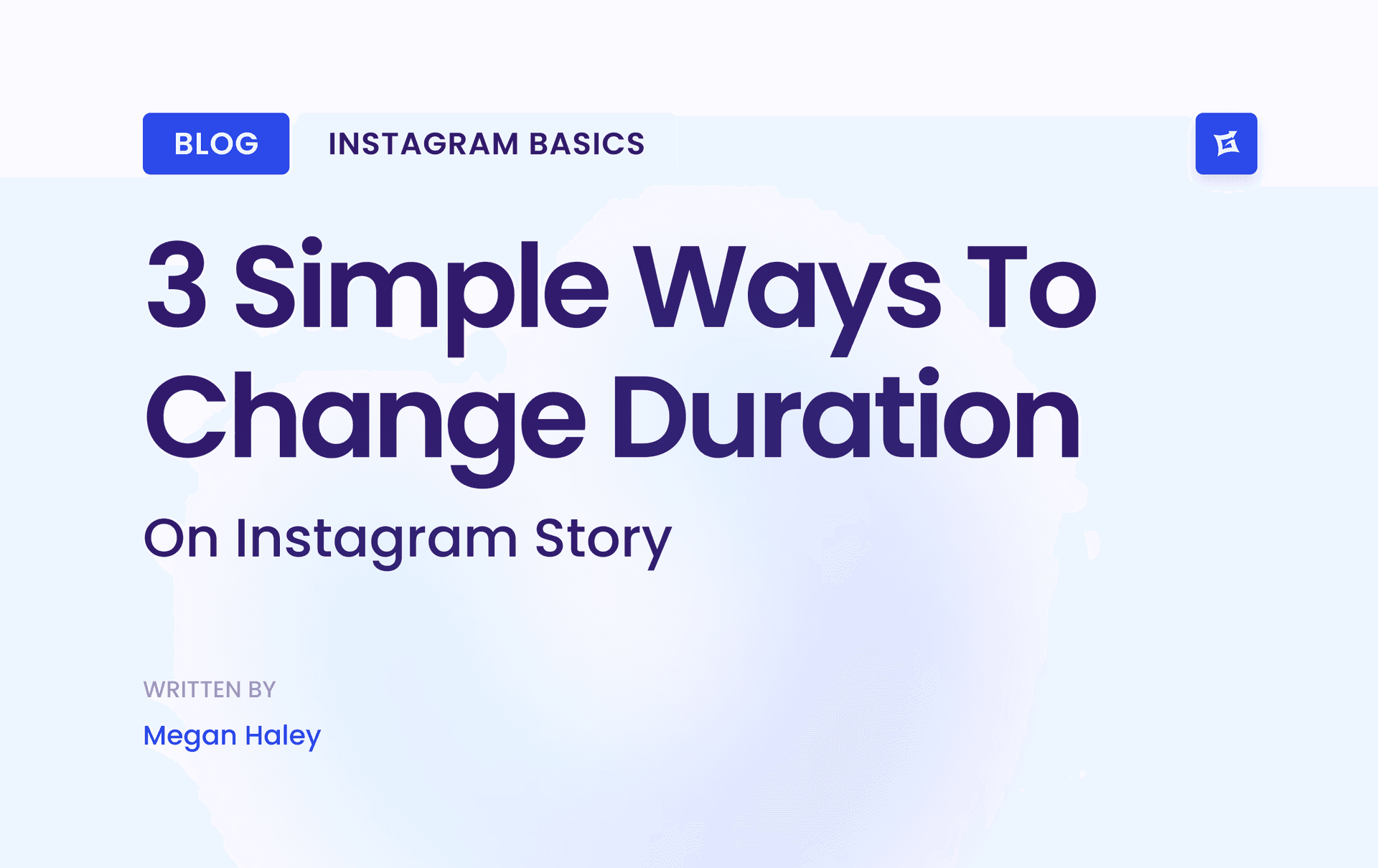
.png&w=1920&q=75&dpl=dpl_9XSWKBjhcBN6v6b1SN7m3p1WWjfr)
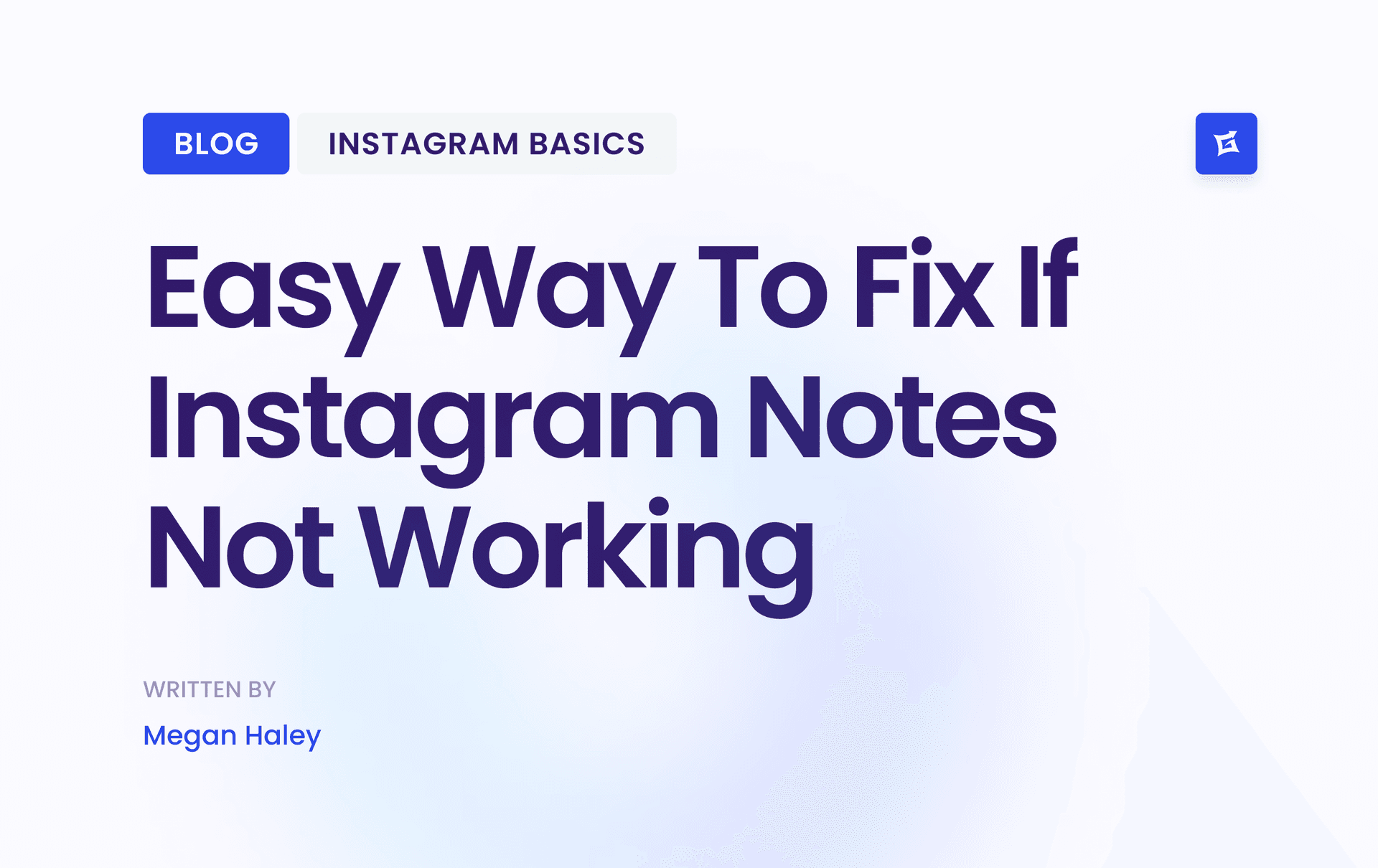
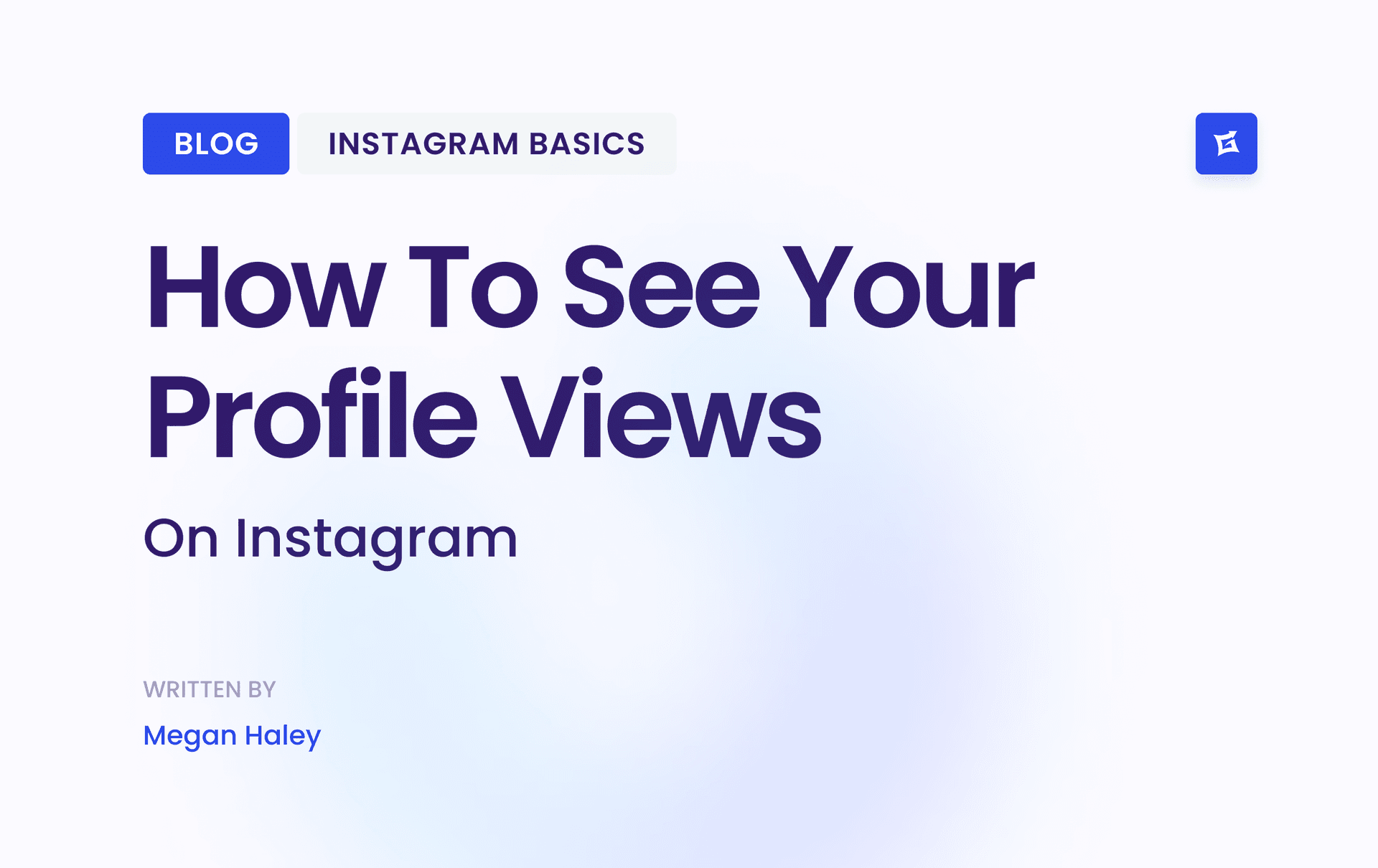
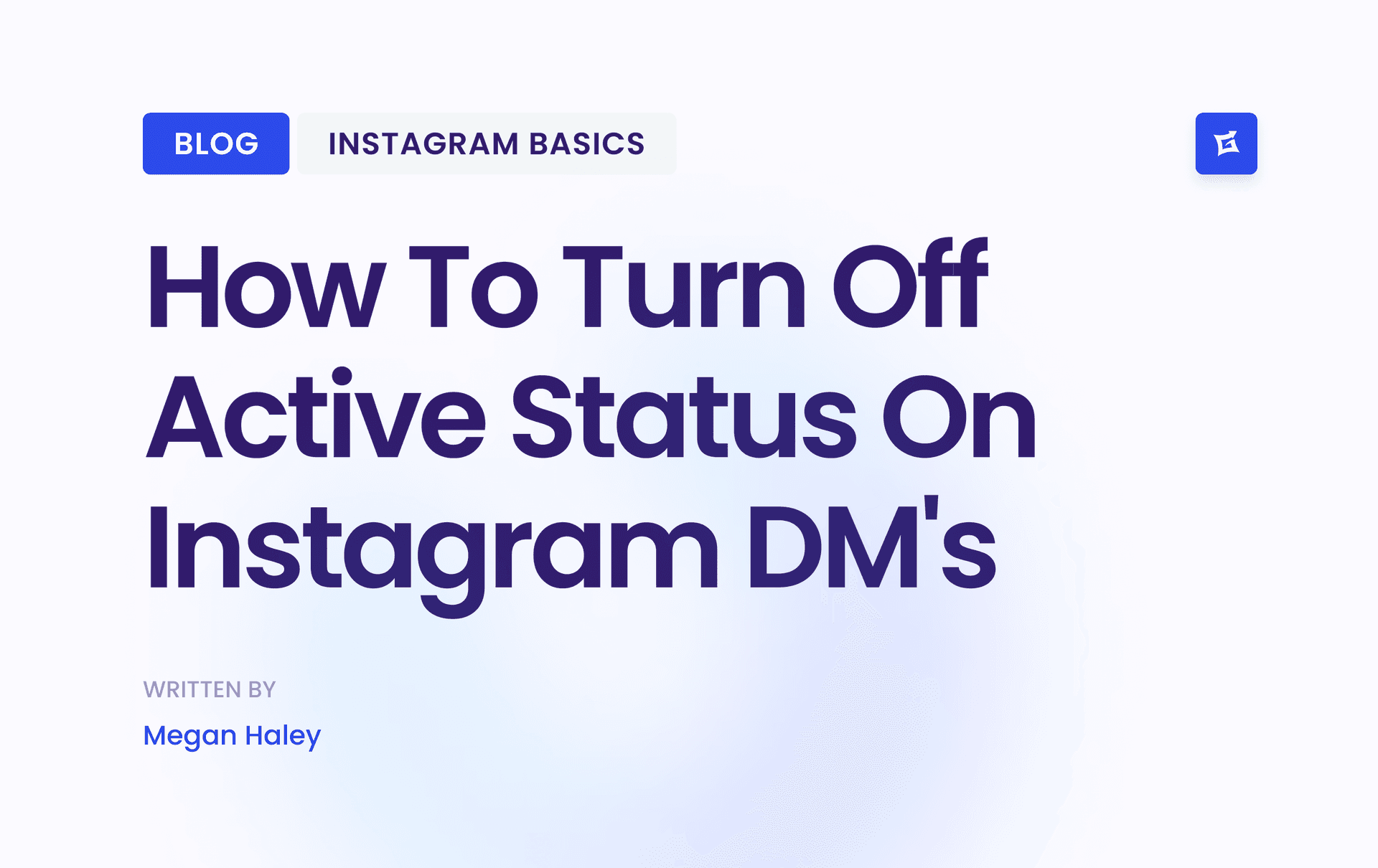




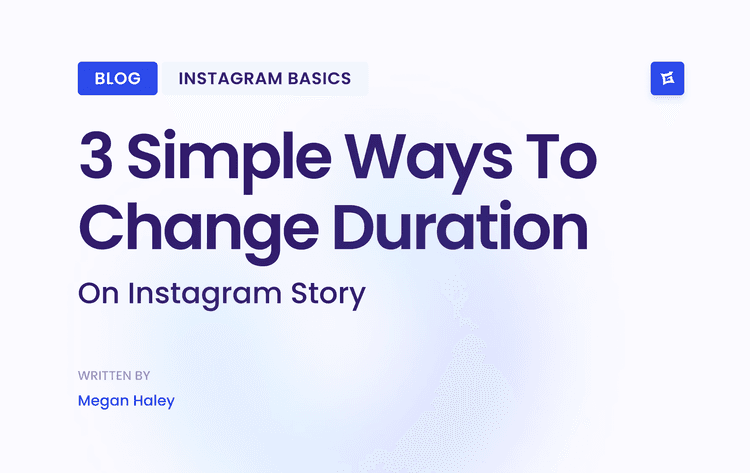
.png&w=750&q=75&dpl=dpl_9XSWKBjhcBN6v6b1SN7m3p1WWjfr)
